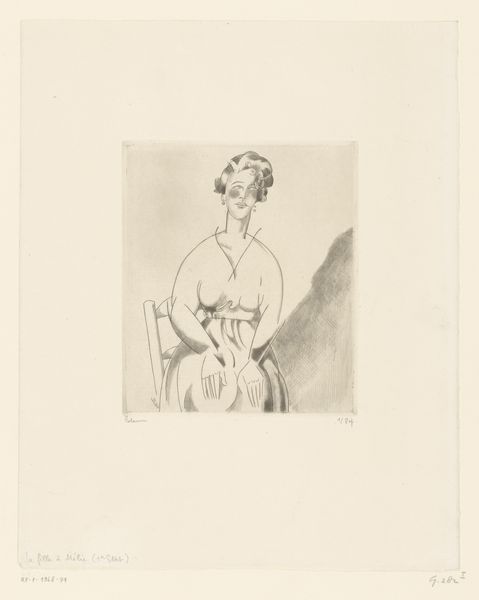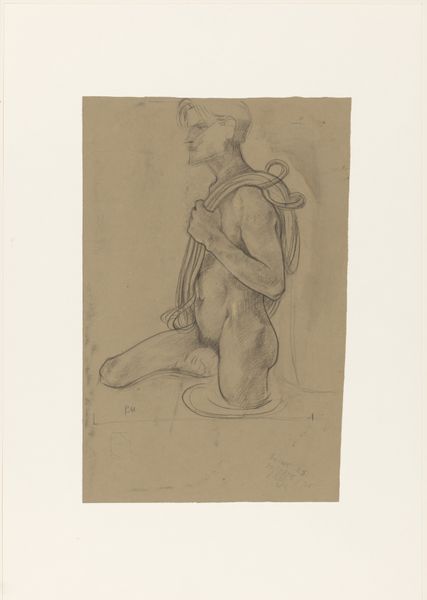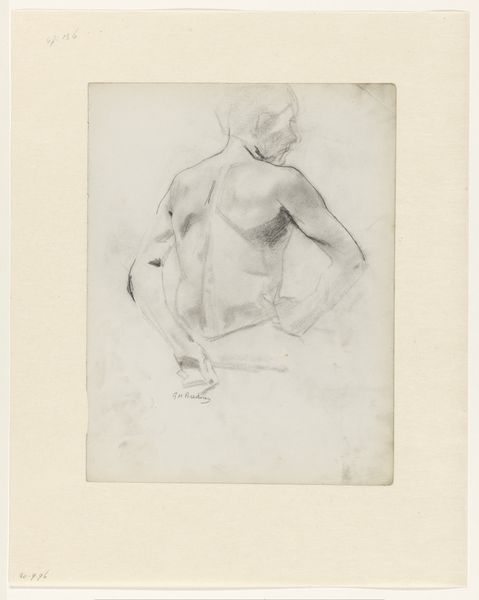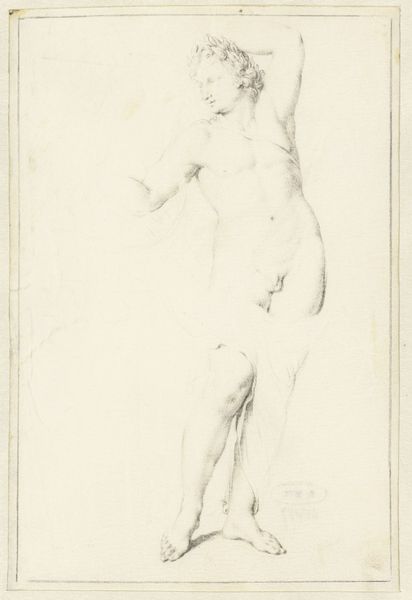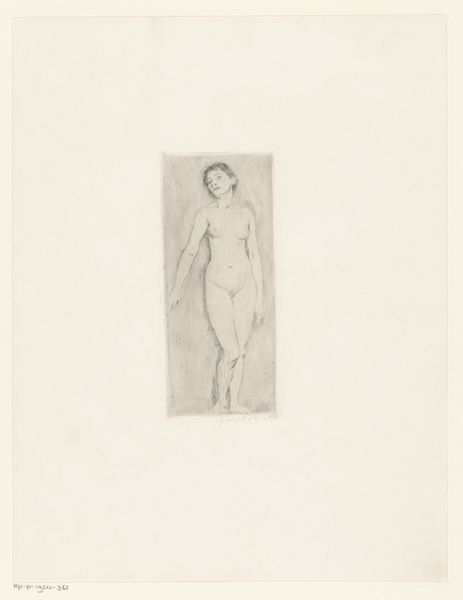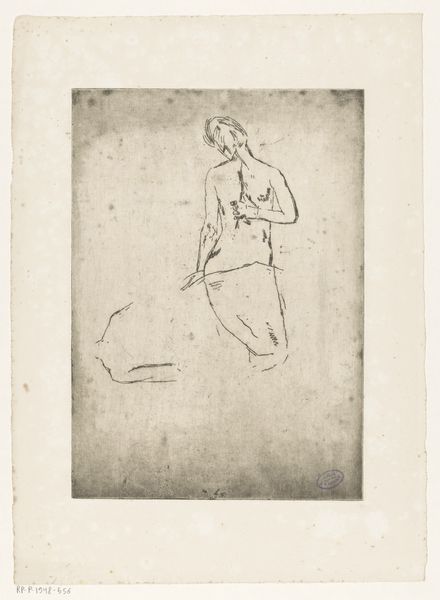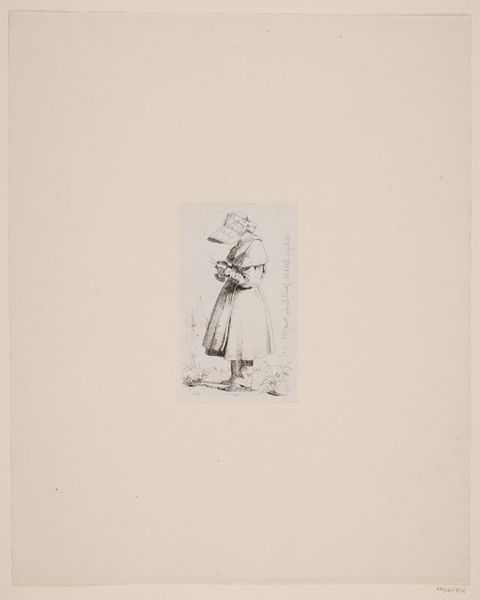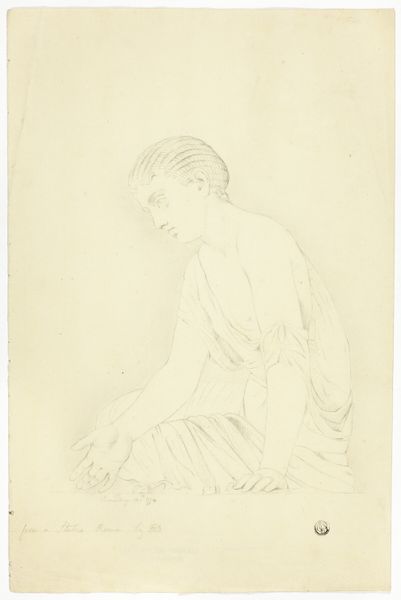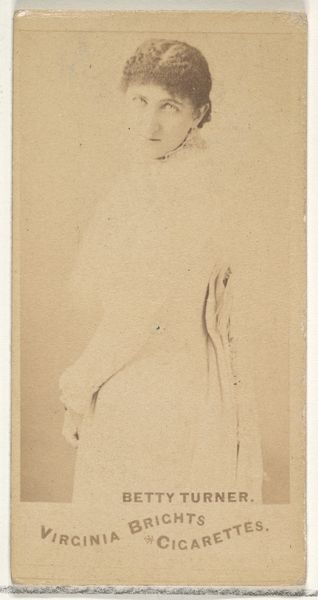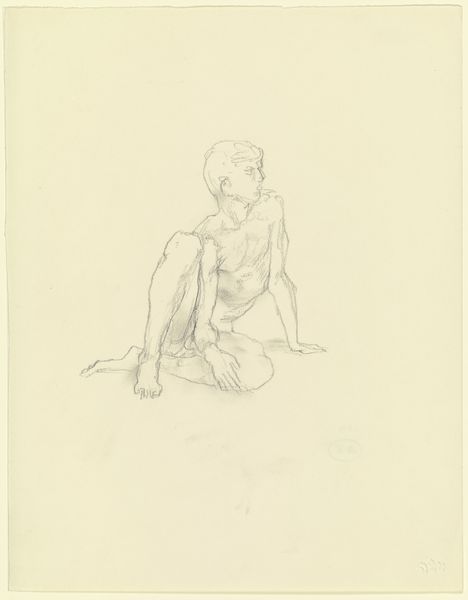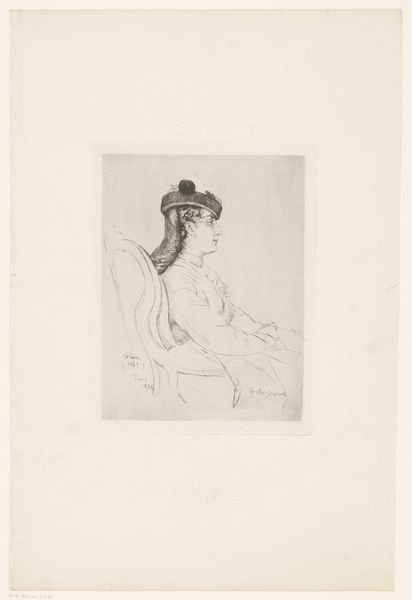
print, drypoint
#
portrait
# print
#
figuration
#
intimism
#
drypoint
#
academic-art
#
nude
Dimensions: 10 1/2 x 7 3/8 in. (26.67 x 18.73 cm) (plate)
Copyright: Public Domain
Curator: Emil Orlik’s drypoint print, "Nude With Turban," from the late 19th or early 20th century, depicts a seated figure rendered in delicate lines. It resides here at the Minneapolis Institute of Art. What are your initial thoughts? Editor: It’s intriguing. There’s a softness, almost a vulnerability, to the figure that’s accentuated by the subtle rendering. But there’s also something unsettling about the gaze. Curator: Indeed. Orlik's choice of drypoint—a printmaking technique where the artist scratches directly into a metal plate—contributes to that feeling. The burr left by the needle creates a soft, velvety line when printed. Consider that process and how the mark-making and materiality speak to a longer history of print production. Editor: And what about the woman's presentation itself? We can read a deliberate composition and context that relates back to historic male painters with her body serving almost as a prop, not reflecting individuality. There’s the power dynamic embedded in that artistic gaze, one that needs interrogating. Curator: That is a valid point. Yet I wonder if we can look into a certain nuance too. I notice that she is not positioned to draw our complete gaze. Rather, the viewer’s eyes look at her in almost an overlooking manner, despite her partial nudity. Editor: Agreed. And notice the turban and the slipper. This feels deliberately Orientalist in that it’s alluding to another part of the world where women may wear similar coverings and styles of clothes. It alludes to accessibility when Western art began using its artistic privileges in these specific situations and paintings, further reinforcing an uncomfortable gendered or racialized stereotype. Curator: The choice of attire is noteworthy, it draws upon artistic trends and also reflects the material realities of Orlik’s creative process. As for the racial dimensions of these representations, yes it definitely warrants discussion to have it looked into through contemporary discourse. Editor: These artworks of Orlik do make people question what is acceptable and the relationship to privilege. It prompts necessary uncomfortable discussions to confront in society to ensure this practice does not continue for later generations. Curator: True, but his artistic background allowed the society to start critiquing their beliefs, or, at least, he began this part of art history to become questioned as time moves on. Editor: Precisely. It makes one really think.
Comments
No comments
Be the first to comment and join the conversation on the ultimate creative platform.

